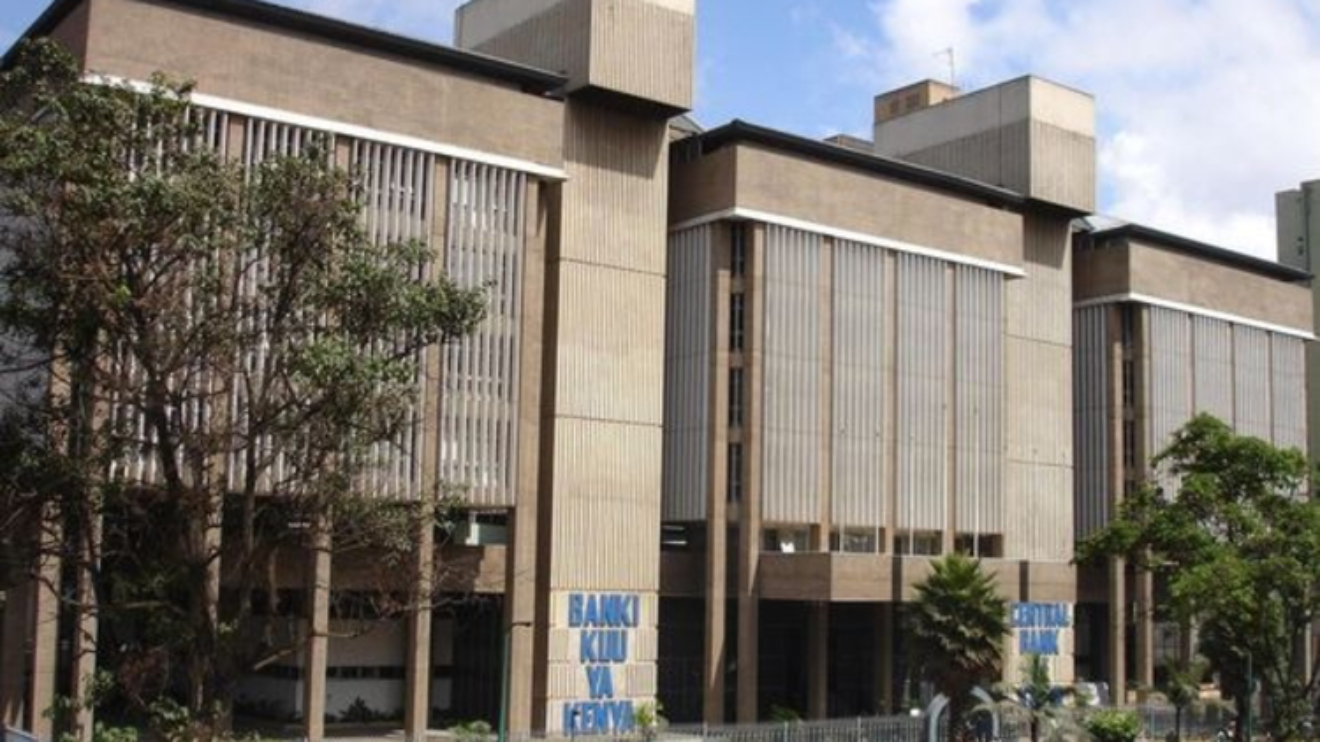Kenya’s roads are a lifeline for its economy but are turning into deadly battlegrounds that claim 3,000 lives annually and drain Sh310 billion—5 per cent of the national GDP—each year.
A recent report by the National Transport and Safety Authority (NTSA) has laid bare the risky habits fueling this grim reality.
NTSA Board Chair Manoj Shah pinpointed nine primary contributors to road accidents: drunk walking, drunk driving, speeding, reckless driving, driver fatigue, failure to wear seatbelts, ignoring road signs, and lane indiscipline.
He described these behaviours as a “national concern,” likening them to a global epidemic where millions of lives are affected by road traffic injuries and fatalities annually.
The findings were revealed during the World Day of Remembrance for Road Traffic Victims, an annual observance held on the third Sunday of November to honour those who have perished in road accidents.
Read More
In Kenya, it was marked with tree-planting ceremonies, candle lighting, and a call to action to improve road safety infrastructure. Over 8,000 seedlings were planted as a living tribute to the departed.
Turning the tide on road tragedies
In response to the crisis, NTSA is rolling out aggressive measures, including the Usalama Barabarani campaign, a national initiative aimed at reducing accidents through public education and awareness.
Alongside this, the agency is partnering with the National Police Service to enforce compliance through regular checks targeting high-risk behaviours.
Manoj Shah detailed the authority’s multipronged approach, which includes modernising road safety operations.
“We are automating vehicle inspections, strengthening safety audits, and proposing new regulations to address gaps in our current laws,” he explained.
These efforts aim to streamline enforcement and create a more accountable system for road users.
NTSA is also decentralising its safety agenda by empowering County Transport and Safety Committees.
These regional teams collaborate with local communities to address unique road safety challenges, ensuring solutions that are as diverse as the counties they serve.
Public voices shaping safety laws
In an effort to ensure inclusivity, NTSA has invited the public to participate in reviewing road safety regulations, urging Kenyans to submit their feedback online before November 30.
The move seeks to create a framework that reflects public concerns while addressing the core causes of road accidents.
The authority is also working with the Kenya Institute of Curriculum Development to integrate road safety lessons into the school syllabus.
This bold step aims to nurture responsible road habits from a young age, creating a generation of drivers and pedestrians who prioritise safety.
A collective call to action
During the World Day of Remembrance, NTSA officials emphasised the need for urgent action, urging government agencies, private organisations, and individuals to work together.
“Road transport is critical to our economy, but we cannot ignore the heavy price we pay in lives lost and economic setbacks,” Shah remarked.
As Kenya grapples with its road safety crisis, NTSA’s initiatives signal a commitment to reversing the grim statistics.
Whether through education, law reform, or technology, the goal is clear: to make Kenya’s roads a safer space for all.

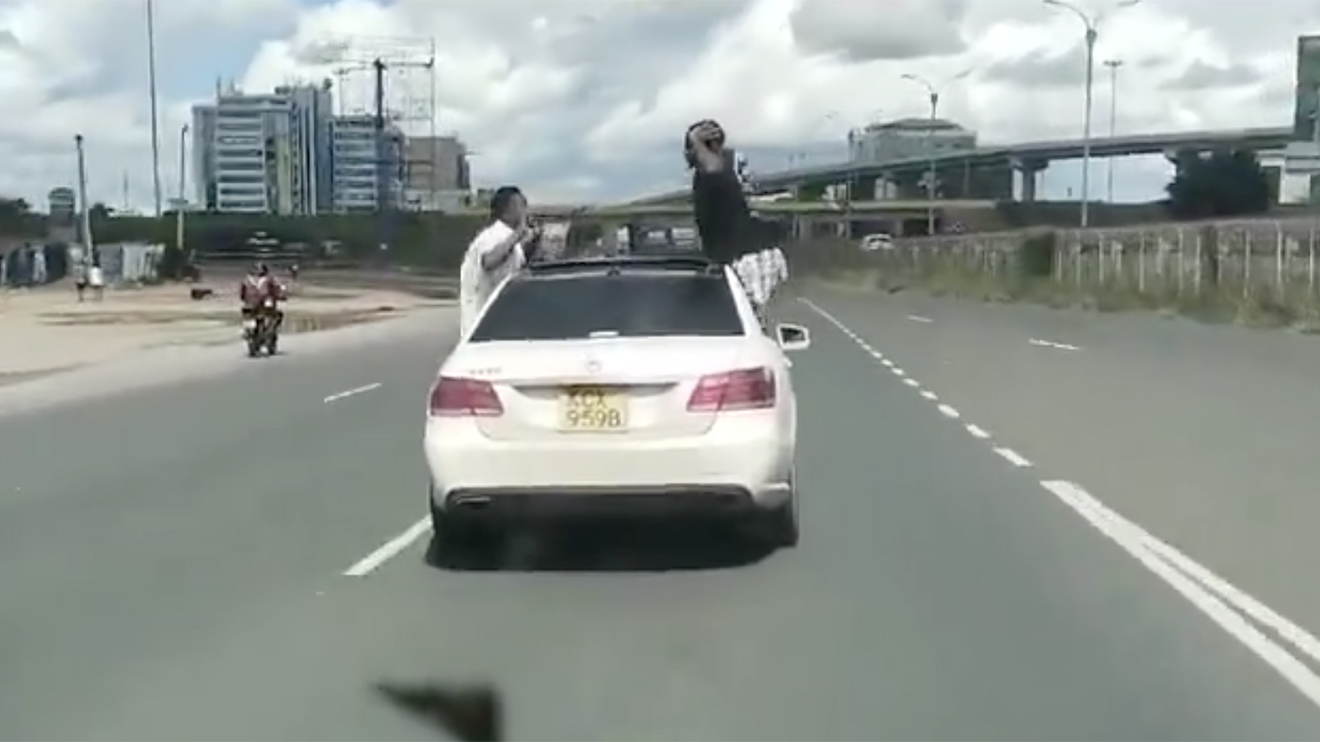
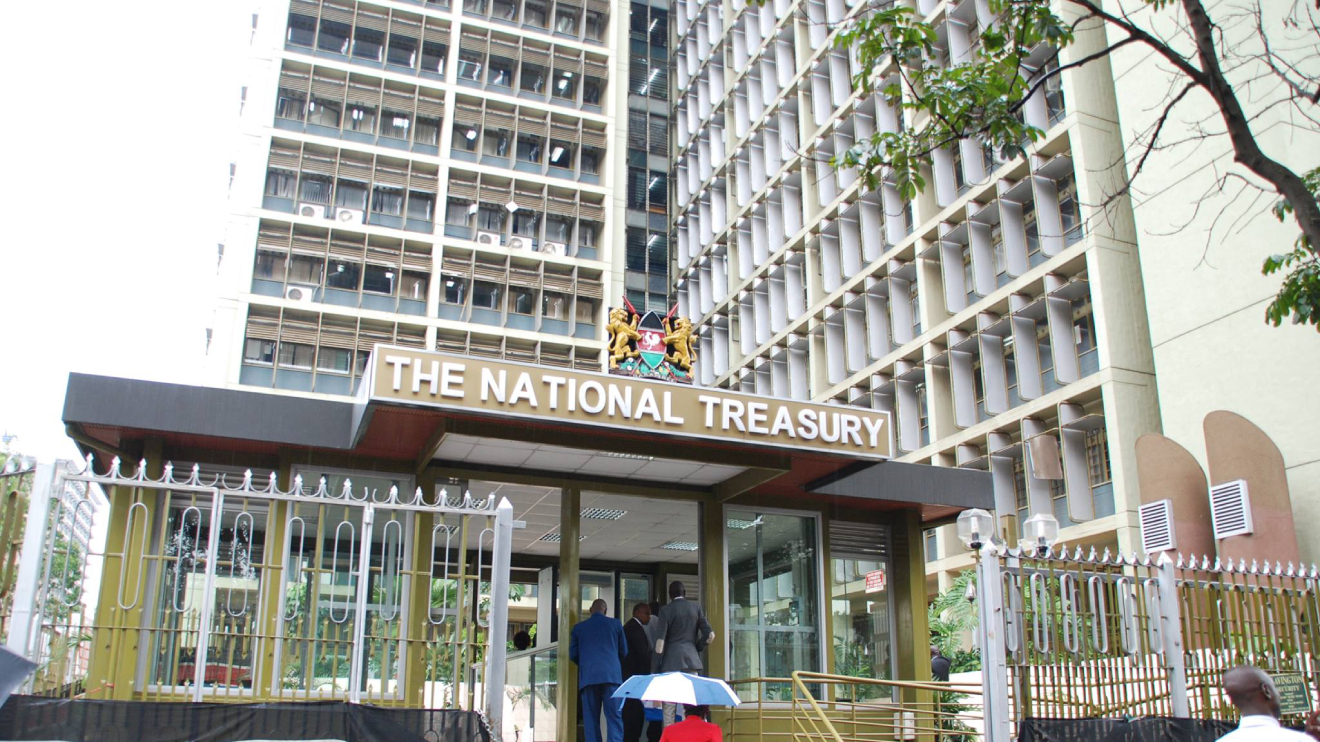
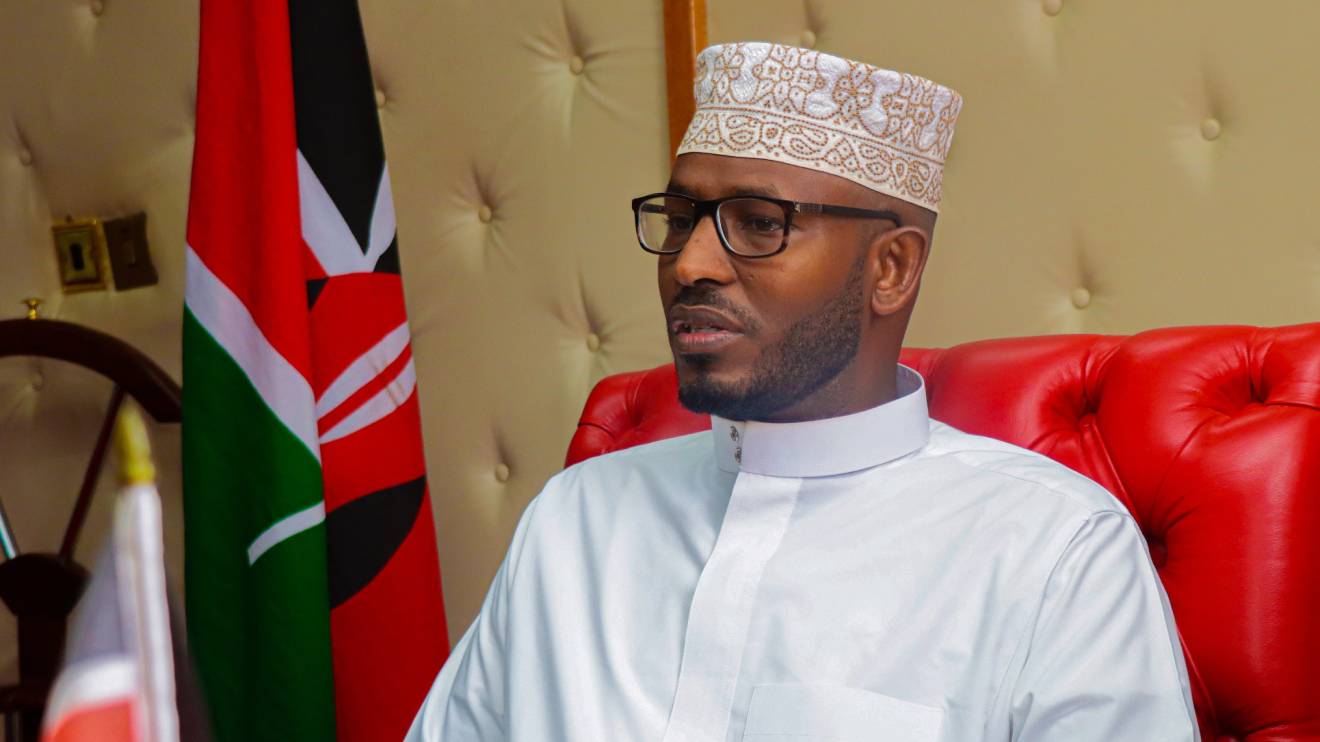
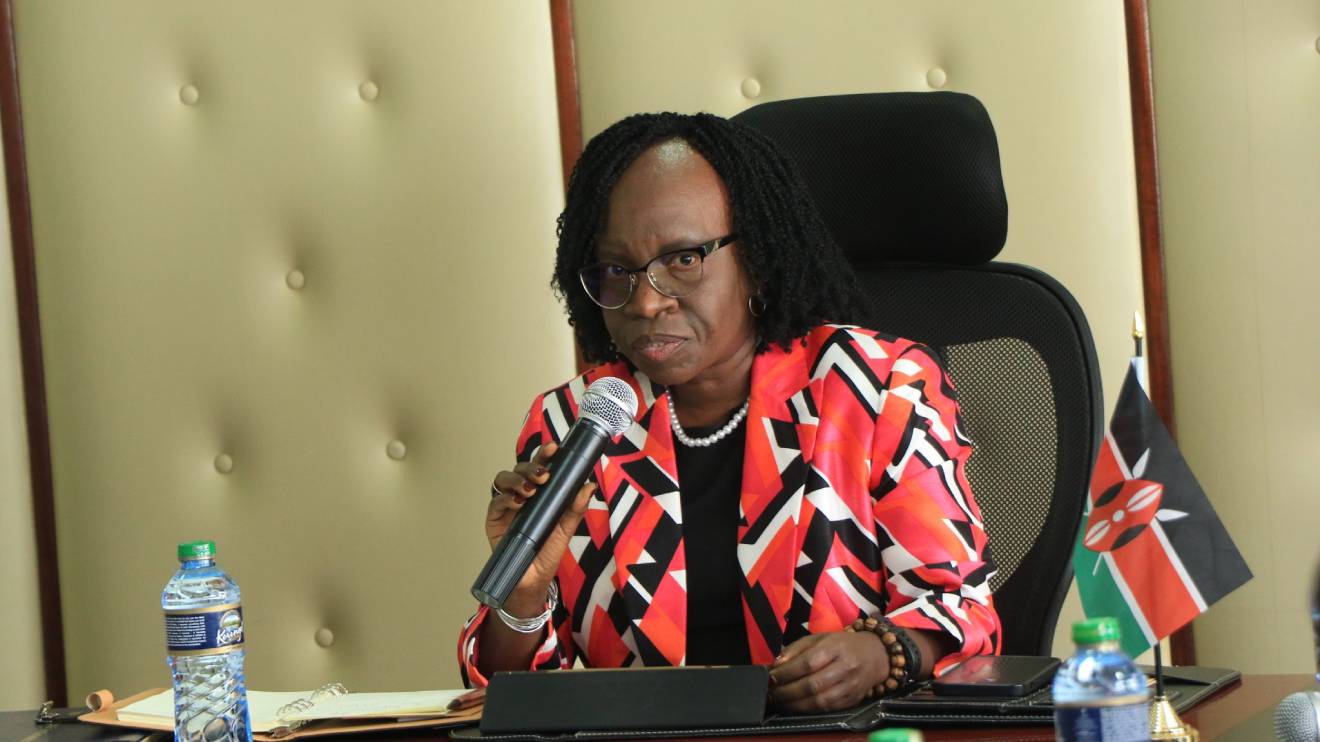

-1731665904.jpg)


